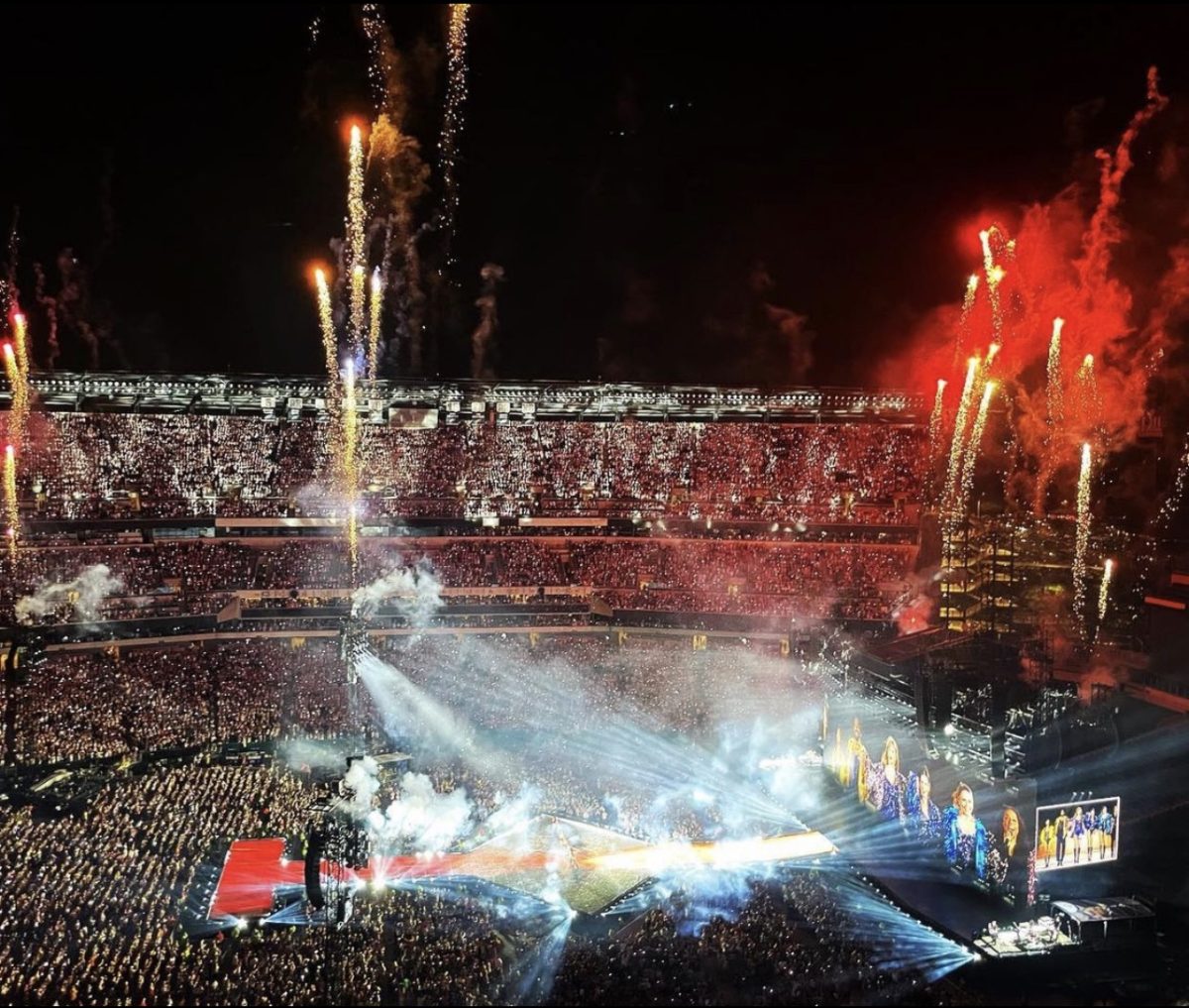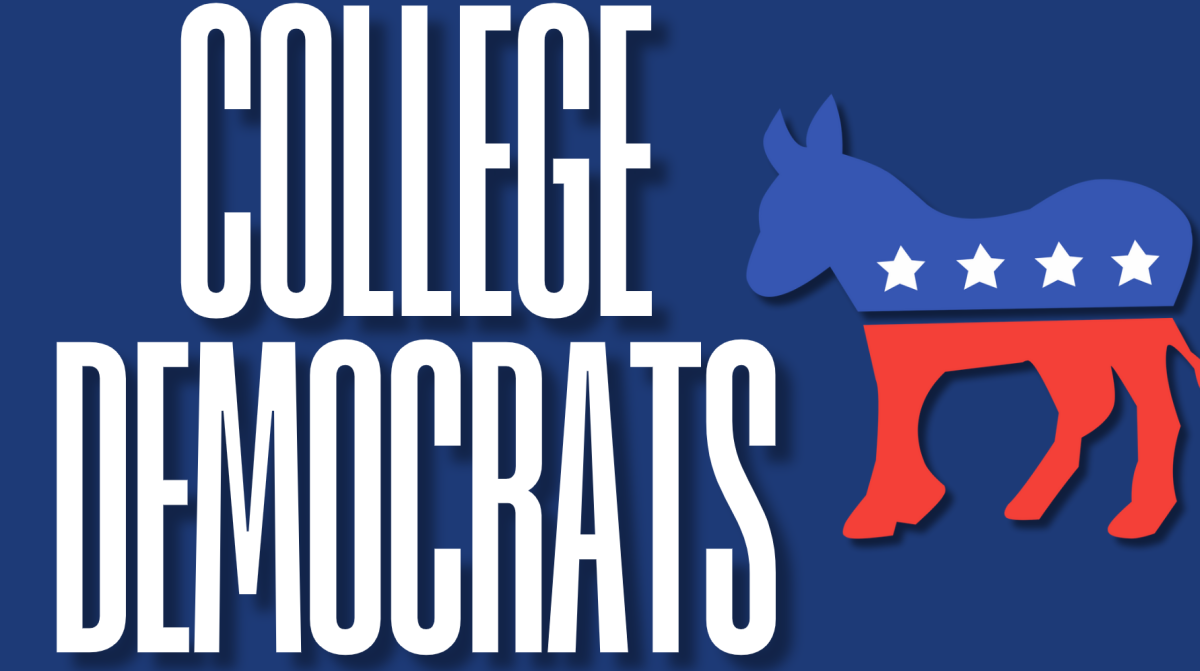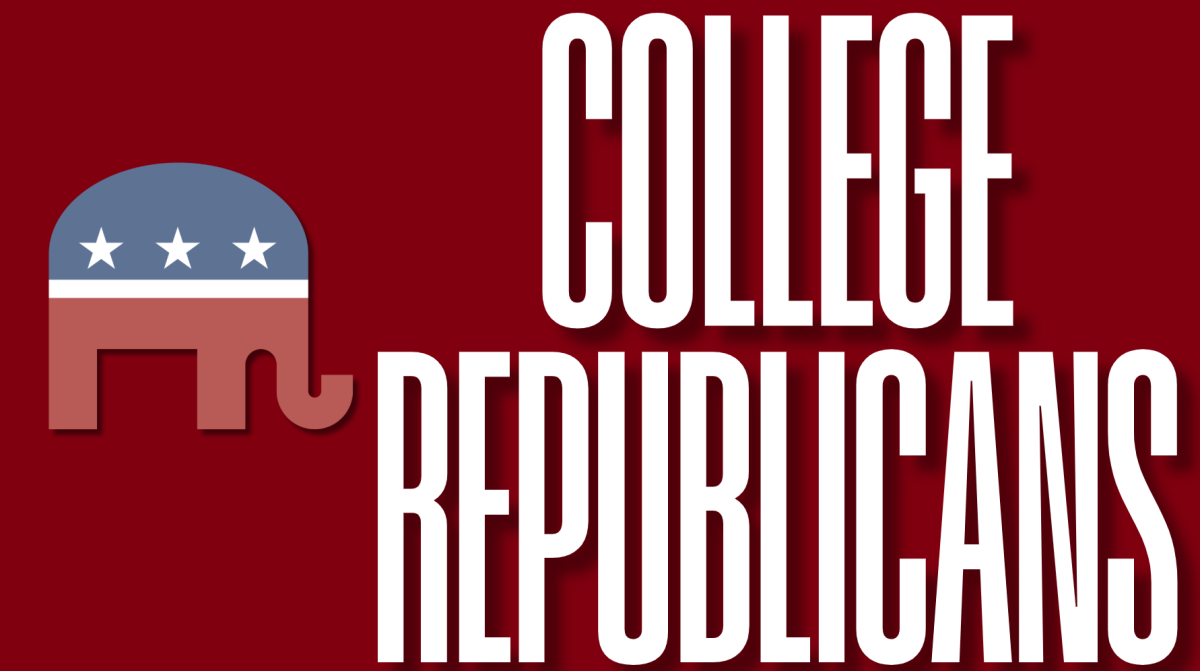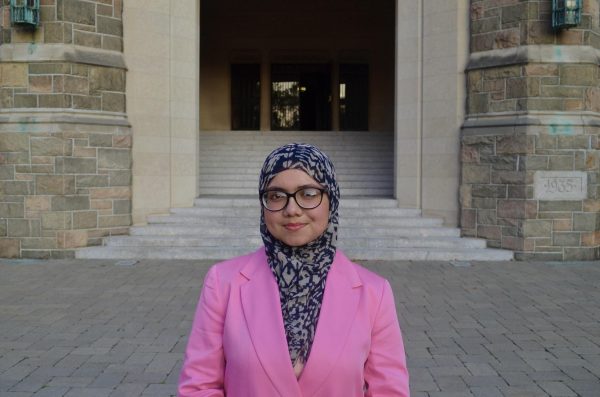You’re mindlessly scrolling through your phone when you see your favorite artist is going on tour and, OMG — they’ve finally posted their concert dates! Your eyes rove the list and widen when you see your city listed, and a bright excitement settles over you, shooting through all your worries of the moment as your mind focuses on this single matter in front of you. You run to Google to find tickets but stop short when you see the price. They’re cheaper than nyou thought, but you know all too well that it won’t stay that way for very long, especially since this particular artist has gained too much popularity — their songs endlessly trending on social media have ensured that. A few weeks before the concert, you see that you were right.
Ticket prices have soared, and you realize you cannot go, even though you would have absolutely loved to.
This is a situation that many face due to both direct and indirect effects brought about by COVID-19. The economy faces raising prices on almost everything nowadays due to inflation, most notably in the rise of gas prices and grocery items. However, The Atlantic reports that the inflation of concert tickets is actually 2.6% higher than the general inflation rate we are seeing in the United States. This, paired with the fact that the pandemic brought about changes in people’s spending behavior, shows how, although prices rise, there are some people who are willing to spend their money on one-time opportunities like concerts. These increases in price also impact the cost of performing, making it tougher for smaller artists to make concerts possible. Because these artists cannot afford it, shows are canceled and they don’t have any control over the cost of their tickets. This puts those artists in a really tough spot and effectively cuts them out of the live music performing world completely.
Another reason for costly tickets is the companies in charge of selling those tickets. In addition to the initial cost of tickets, sites like Ticketmaster charge additional hidden fees, resulting in a much higher final price. It turns out such fees actually add an average of 27% to the labeled ticket price. Even aside from these company-added fees, it’s the larger artists who really control the pricing, since they have the influence to do so. For them it’s like “one artist sets a new bar and then the next artist can take it from there.”
I, personally, would’ve loved to see the Arctic Monkeys concert that took place here in New York City on Sept. 8 and 9 at Forest Hills Stadium, but I couldn’t. Even worse, I saw people who never even listened to the band post about being at the concert, for no other reason than to just let people know they were there. It was frustrating because I know that these people were probably just cheering the whole time, not knowing the words to any song except for one or two that trended on Instagram and TikTok for a while.
A former high school classmate posted pictures of herself at the concert, with a caption that referenced one of the band’s songs. I commented on the post, “superior concert fr,” and she proceeded to reply, “well I’m a die-hard swiftie sooooo.” I won’t lie, I raised an eyebrow at that because she seemed like she couldn’t care less about the performing band that, again, she paid to see. I’m happy that Arctic Monkeys was able to fully book the stadium for two nights, but I just wish that it would’ve been filled with people who actually cared a little more and could support in the right way (actually knowing the lyrics) and not those who are just looking for another experience (being clueless as to what most of these lyrics even are).
The rush brought about by Taylor Swift’s Eras Tour is something everyone has heard of, or experienced for themselves, and the exorbitant cost of the tickets and practically bloody battle to get them united all of the Swifties. In nearly every social media conversation, there is at least a brief mention of the extremely heightened costs people are paying to be able to go see her. Fordham Student, Bridget Godfrey, GSB ’27, was talking with a classmate about the cost of obtaining a front-row seat to the Eras Tour just a day before the performance. Recently, Godfrey was asking her classmate to guess how much it was, before revealing that the ticket was higher than $10,000. Hearing this, I was shocked — how could a concert ticket cost $10,000, with that not even being the most expensive one? It turns out that the most expensive seat in the house was $20,000.
It’s beyond me how much people are willing to pay for live performances; does this amount of money mean nothing to them? I wonder, if people didn’t buy any tickets, or only a few, what would happen? Event and ticketing companies would be forced to reduce prices, or else face the reality of having a half-empty venue. It’s angering. Seeing these ridiculous prices indicate that only certain people can go see their favorite artists, especially when that audience often includes people who aren’t huge fans. A friend of mine complained to me about seeing a girl post about attending the Taylor Swift concert, when she clearly recalled that same girl making fun of her for liking Swift’s music when they were younger. “I’ve been here since I was a kid,” she told me, often giving detailed explanations for the stories behind every album and song. In my mind, she’s one of the realest Swifties, truly dedicated to her passion. And yet she’s also the one who couldn’t go.
Haniyyah Usmani, FCRH ’27, is undecided from Bronx, N.Y.











































































































































































































